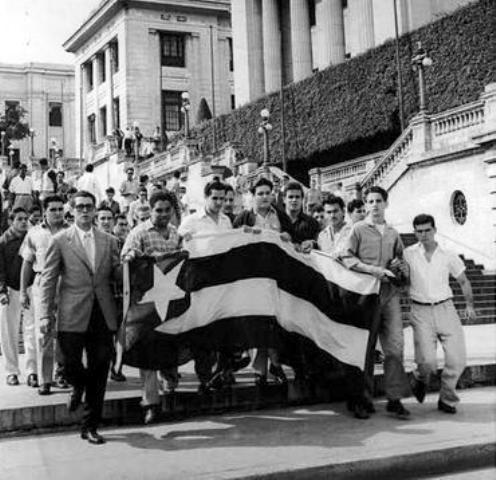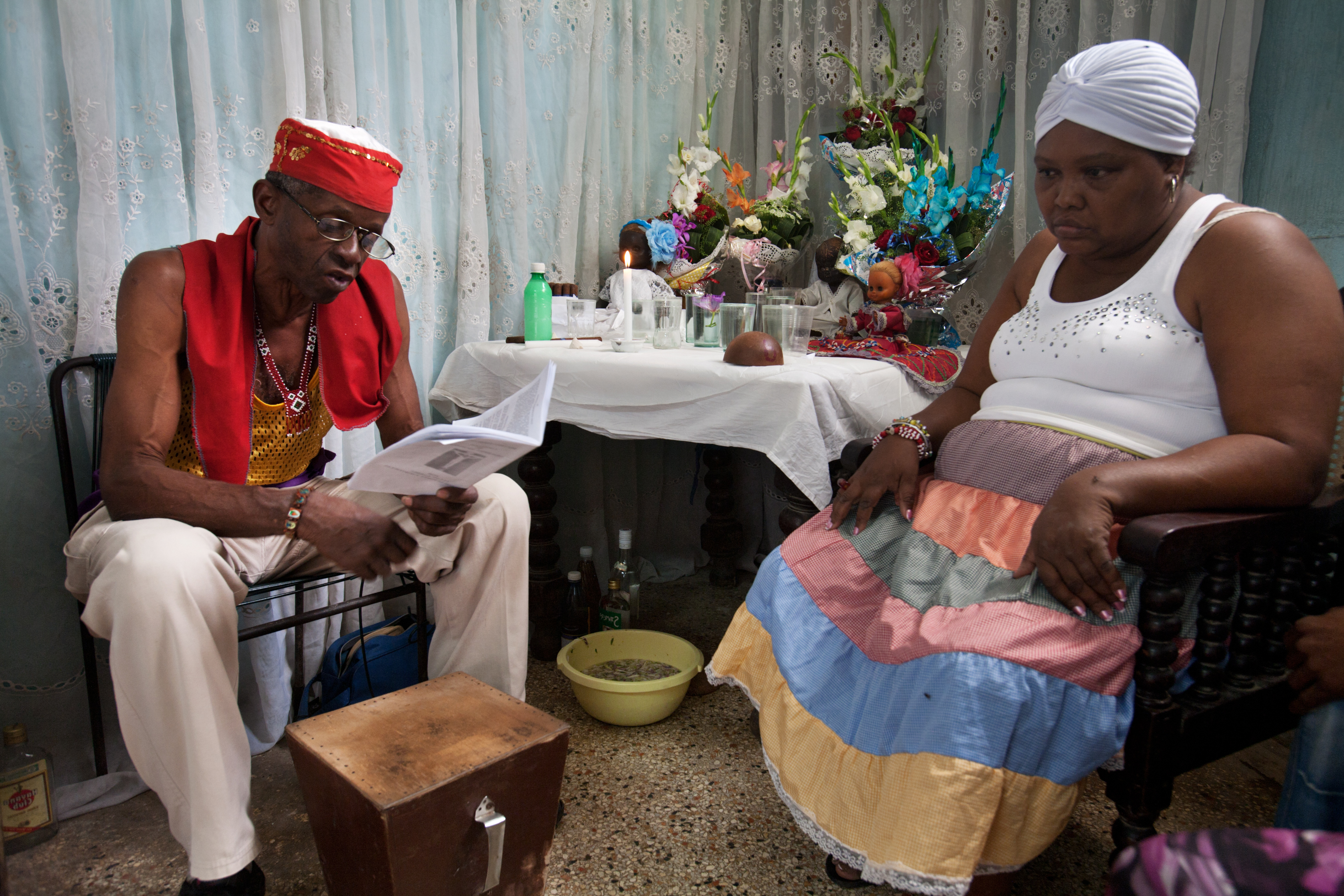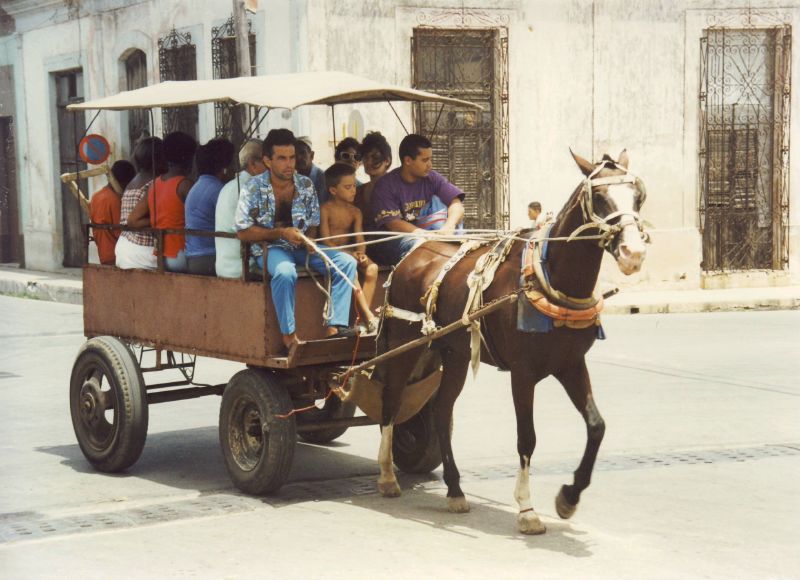In the 20th century, Cuban literature is unique because it’s traversed by politics and by the culture of the Cuban Revolution after 1959. The Cuban Revolution was made to overthrow a very bloody dictator named Fulgencio Batista, who ruled Cuba with an iron hand, starting in the late 1930s and especially through the 1950s. It got very ugly: many university students were tortured and killed.
Even before the Cuban Revolution, many writers were responding to the political situation, and their work is somehow shaped by this. Mixed with that, there’s also an incredible imagination which is unique to Cuba, and quite baroque. Severo Sarduy wrote extensively about this – how Cuban culture is, by definition, baroque. It’s a bit like the unconscious. It doesn’t understand contradiction. Different things coexist that would be contradictory in other places in the world.


